RKL-HM101-100μg / 询价
RKL-HM101-500μg / 询价
RKL-HM101-500μgx2 / 询价
Human RANKL/TNFSF11/CD254 Protein
Recombinant Human RANKL/TNFSF11/CD254 Protein is expressed from HEK293 with His tag and Flag tag at the N-Terminus.It contains Gly63-Asp244 [Accession | O14788-2].
The protein has a predicted MW of 22.6 kDa. Due to glycosylation, the protein migrates to 35-60 kDa based on Bis-Tris PAGE result.
> 90% as determined by Bis-Tris PAGE
Less than 1EU per μg by the LAL method.
Lyophilized from 0.22μm filtered solution in PBS (pH 7.4). Normally 8% trehalose is added as protectant before lyophilization.
Centrifuge the tube before opening. Reconstituting to a concentration more than 100 μg/ml is recommended. Dissolve the lyophilized protein in distilled water.
-20 to -80°C for 24 months as supplied from date of receipt.
-80°C for 3 months after reconstitution.
Recommend to aliquot the protein into smaller quantities for optimal storage. Please minimize freeze-thaw cycles.
Receptor activator of nuclear factor x03BA;B (RANK) and its ligand (RANKL) have originally been described for their key roles in bone metabolism and the immune system. Subsequently, it has been shown that the RANKL-RANK system is critical in the formation of mammary epithelia in lactating females and the thermoregulation of the central nervous system. RANKL and RANK are under the tight control of the female sex hormones estradiol and progesterone.
ODF; OPGL; RANKL; TRANCE; CD254; sOdf; TNFSF11; OPTB2
(1) Nagy V, Penninger JM. The RANKL-RANK Story. Gerontology. 2015;61(6):534-42. doi: 10.1159/000371845. Epub 2015 Feb 14. PMID: 25720990.








